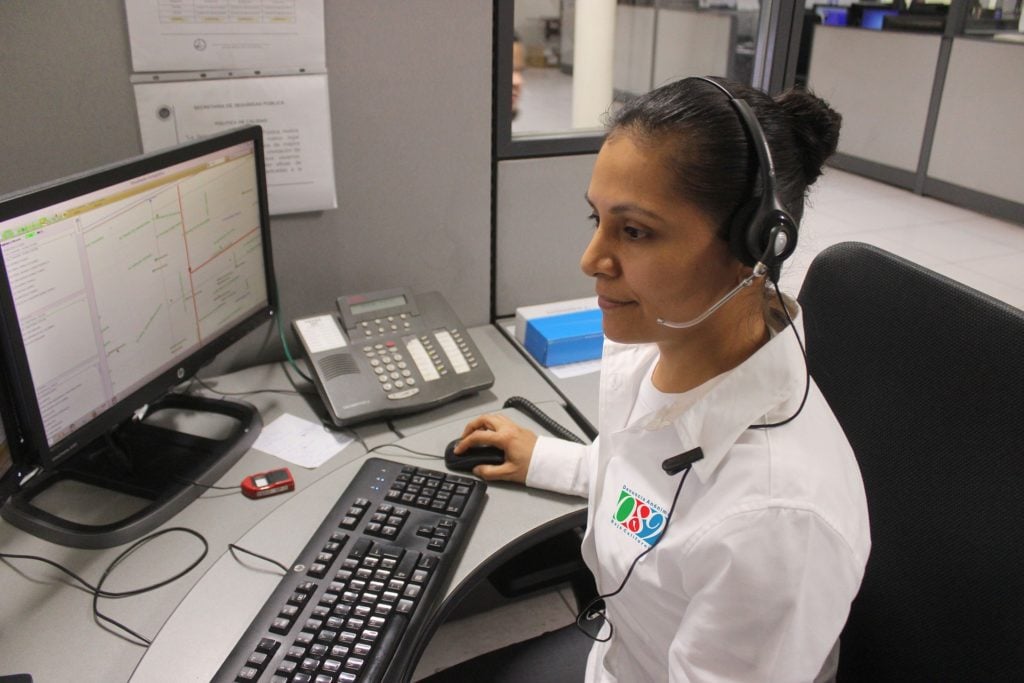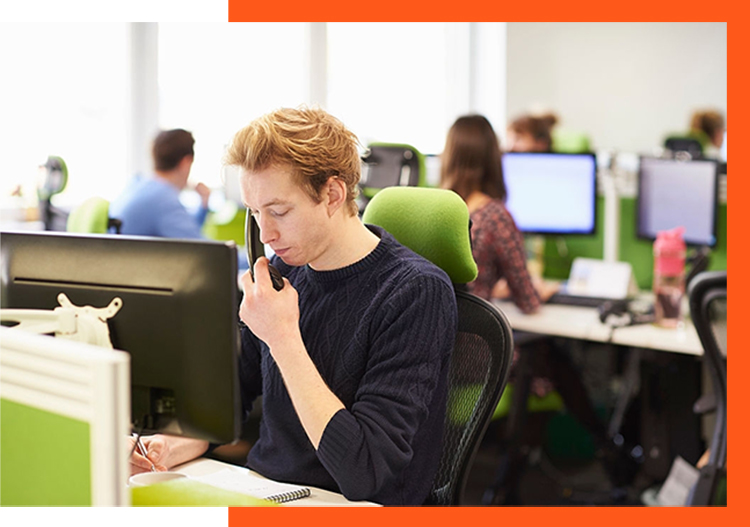All Categories
Featured
Table of Contents
- – What Is The Best How To Call Forward To An Answ...
- – How Do I Find A Virtual Receptionist - Answeri...
- – How To Choose The Best What Is An Answering Se...
- – Who Is The Best Outsource Answering Service C...
- – Who Has The Best Answering Machine Service?
- – What Is The Best Answering Adelaide - Phone ...
What Is The Best How To Call Forward To An Answering Service Available
This gadget and its followers were developed by Sava Jacobson, an electrical engineer with a personal consulting organization. While early voice mail utilized magnetic tape technology, many modern-day devices utilizes solid state memory storage; some gadgets utilize a combination of both, with a solid-state circuit for the outbound message and a cassette for the incoming messages.
"toll saving" listed below) (answer phone service). This is beneficial if the owner is screening calls and does not wish to speak to all callers. In any case after going, the calling celebration must be notified about the call having been answered (in many cases this starts the charging), either by some remark of the operator, or by some welcoming message of the TAD, or resolved to non-human callers (e.
This holds especially for the Littles with digitally saved welcoming messages or for earlier makers (before the increase of microcassettes) with a special unlimited loop tape, separate from a 2nd cassette, devoted to recording. There have been answer-only devices with no recording abilities, where the greeting message had to notify callers of a state of existing unattainability, or e (local phone answering service).
How Do I Find A Virtual Receptionist - Answering Service - Phone Answering Service?

about accessibility hours. In tape-recording Littles the greeting usually consists of an invite to leave a message "after the beep". A voice mail that utilizes a microcassette to record messages On a dual-cassette answerphone, there is an outbound cassette, which after the defined variety of rings plays a pre-recorded message to the caller.

Single-cassette answering machines include the outbound message at the start of the tape and incoming messages on the staying space. They initially play the announcement, then fast-forward to the next available space for recording, then tape-record the caller's message. If there are numerous previous messages, fast-forwarding through them can cause a significant delay.
This beep is frequently described in the greeting message, requesting that the caller leave a message "after the beep". Littles with digital storage for the taped messages do not show this hold-up, obviously. A little may provide a remote control facility, whereby the answerphone owner can ring the home number and, by entering a code on the remote telephone's keypad, can listen to tape-recorded messages, or delete them, even when away from home.
How To Choose The Best What Is An Answering Service?

Consequently the maker increases the variety of rings after which it responds to the call (typically by 2, resulting in four rings), if no unread messages are currently saved, but answers after the set variety of rings (usually 2) if there are unread messages. This enables the owner to discover out whether there are messages waiting; if there are none, the owner can hang up the phone on the, e.
Some machines likewise enable themselves to be from another location triggered, if they have been changed off, by calling and letting the phone ring a particular a great deal of times (generally 10-15). Some provider abandon calls already after a smaller variety of rings, making remote activation impossible. In the early days of TADs an unique transmitter for DTMF tones (dual-tone multi-frequency signalling) was regionally needed for remote control, given that the formerly used pulse dialling is not apt to communicate suitable signalling along an active connection, and the dual-tone multi-frequency signalling was carried out step-by-step.
Any inbound call is not recognizable with respect to these residential or commercial properties in advance of going "off hook" by the terminal devices. So after going off hook the calls should be changed to appropriate devices and only the voice-type is right away accessible to a human, but possibly, however ought to be routed to a TAD (e.
Who Is The Best Outsource Answering Service Company Sri Lanka
What if I told you that you do not need to actually get your device when answering a customer call? Another person will. So practical, ideal? Answering call doesn't need someone to be on the other end of the line. Efficient automated phone systems can do the trick simply as efficiently as a live agent and in some cases even much better.
An automated answering service or interactive voice response system is a phone system that interacts with callers without a live person on the line - phone answering. When companies use this technology, customers can get the response to a question about your organization simply by utilizing interactions established on a pre-programmed call flow.
Although live operators update the client service experience, numerous calls do not require human interaction. A basic documented message or instructions on how a client can recover a piece of info normally resolves a caller's immediate requirement - phone answering service. Automated answering services are a simple and reliable method to direct incoming calls to the right individual.
Who Has The Best Answering Machine Service?
Notice that when you call a business, either for support or item questions, the very first thing you will hear is a pre-recorded voice welcoming and a series of choices like press 1 for customer care, press 2 for queries, and so on. The pre-recorded alternatives branch out to other choices depending on the client's selection.
The phone tree system helps direct callers to the best individual or department using the keypad on a smart phone. In some circumstances, callers can utilize their voices. It's worth noting that auto-attendant choices aren't restricted to the ten numbers on a phone's keypad. When the caller has actually selected their first option, you can design a multi-level auto-attendant that uses sub-menus to direct the caller to the ideal type of support.
The caller does not need to communicate with an individual if the auto-attendant phone system can handle their concern. The automated service can route callers to a staff member if they reach a "dead end" and need assistance from a live representative. It is costly to employ an operator or executive assistant.
What Is The Best Answering Adelaide - Phone Answering Services Available Today
Automated answering services, on the other hand, are substantially less expensive and offer significant expense savings at approximately $200-$420/month. Even if you do not have committed personnel to handle call routing and management, an automated answering service enhances productivity by enabling your team to concentrate on their strengths so they can more effectively spend their time on the phone.
A sales lead routed to customer care is a lost shot. If a client who has item concerns reaches the wrong department or receives incomplete answers from well-meaning employees who are less trained to handle a particular type of question, it can be a reason for aggravation and dissatisfaction. An automated answering system can minimize the number of misrouted calls, thereby assisting your workers make much better use of their phone time while releasing up time in their calendar for other jobs.
With Automated Answering Systems, you can produce an individualized experience for both your personnel and your callers. Make a recording of your main greeting, and merely update it routinely to reflect what is going on in your company. You can develop as numerous departments or menu alternatives as you want.
Table of Contents
- – What Is The Best How To Call Forward To An Answ...
- – How Do I Find A Virtual Receptionist - Answeri...
- – How To Choose The Best What Is An Answering Se...
- – Who Is The Best Outsource Answering Service C...
- – Who Has The Best Answering Machine Service?
- – What Is The Best Answering Adelaide - Phone ...
Latest Posts
Professional Answering Service Near Me – Perth 6027
Guaranteed Hospitality Answering Service Near Me
Virtual Reception Provider
More
Latest Posts
Professional Answering Service Near Me – Perth 6027
Guaranteed Hospitality Answering Service Near Me
Virtual Reception Provider